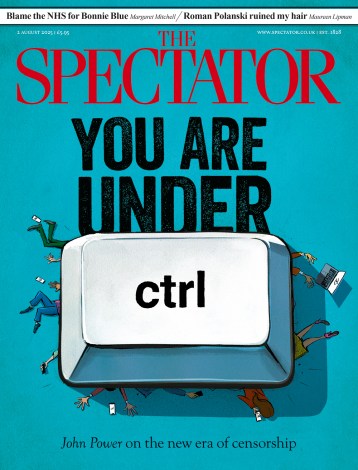The great thing about Louisa May Alcott’s classic Little Women is that it has something for everyone: stay-at-home types have the oldest of the March sisters, Meg, who struggles to reconcile her love of ease with both her responsibilities and the family’s genteel poverty (and does at least manage to have one night of fun at the Moffatts’ party, sipping their champagne with one hand and sporting her single good glove on the other, before settling down with a nice husband and even better linen cupboard); cool-slash-mean girls have Amy, who wrestles with vanity — not hugely successfully IMHO (Amy would be a demon with textspeak and indeed probably the first social media star from Massachusetts); romantics have Beth and her chronic timidity and pulmonary weakness; and tomboys, bookworms and would-be writers, of course, have Jo to teach them that they can earn a living in unfeminine ways, refuse to marry the boy next door and find a way to be free without cutting off all ties.
It is unusual even now to give young readers, and especially young female readers, so many options with which to identify in a single book — plus a beloved but imperfect Marmee — and to give them all their own specific energies, interests and flaws. In 1868 you could go so far as to say it was unheard of. Even in Alcott’s native America, which had skipped more lightly over the moral and religious tales that had gradually developed into, and still highly influenced, the children’s literary tradition in the old country, juvenile tales remained at least partly aimed at helping parents shape their offspring into good (traditionally masculine) men, and even better (traditionally feminine) women.
Anne Boyd Rioux’s book, published to coincide with Little Women’s 150th anniversary, is a compact but rich account of Alcott’s life, how she came to write her most famous and enduring work, and its effect on her and American literature, complete with a wide-ranging exploration and analysis of how its public, literary and critical reception has varied since its publication.
The life, especially if you have — as Alcott herself was keen that readers did — conflated the March family with Louisa’s own over time, is striking. Unlike the cosily settled fictional family, the Alcotts moved 30 times in 22 years, generally in the wake of Louisa’s father’s latest misstep. Mr March is a vision of paternal perfection in the background of the book. Bronson Alcott was quite the opposite, and his Transcendentalist spiritual convictions (or Messiah complex or manic depression, depending on how modern and/or medical your turn of mind) dominated the family, even as they militated against him earning enough money to support his often near-starving and ill-clad wife and four daughters.
Rioux’s scholarly training — she is a professor at the University of New Orleans — gives her the strength to be scrupulously fair to Bronson, whom she notes was supportive of both Louisa and May’s creative leanings (May, on whom Amy was fundamentally based, was an artist) in word if not, debt-and-chaos-fomenter that he was, deed. As someone who reads his proud proclamation ‘I wait not upon the arithmetic of the matter!’ as he abandoned the little school he set up to go full-time preaching instead as the cry of the simply incurably selfish everywhere, I prefer the hammering he gets in Martha Saxton’s 1977 biography of Louisa. Second-wave feminist rage infuses the entire thing, and burns away a lot of the obfuscatory undergrowth that had grown up around the author and the book in the intervening decades.
That said, Rioux’s academic nous and knowledge make for a fine, detailed yet accessible final third of the book, which concentrates on the legacy and influence of Little Women (which, in the US incorporates what we in the UK, thanks to a different publishing history, think of more often as a separate book, Good Wives). She delineates all the main areas of debate there have been over the years. Is it realistic or sentimental? Progressive (Jo with her creative ambitions, all with their natural, lively speech and manners) or regressive (so many little lessons from Marmee)?
Do the various visions of domestic bliss presented by Alcott and her characters preclude it being a feminist work? Aren’t the multiple models of femininity presented, even if not extreme by our standards, and the transgressive foregrounding of real female experience (it might not have been her whole truth, but almost everything in the book was drawn from Alcott and her sisters’ lives) enough to let it qualify? Rioux also tracks its gradual disappearance from school syllabi and from literary and cultural history.
Though undoubtedly as groundbreaking, influential and demonstrably as popular as The Adventures of Tom Sawyer and Huckleberry Finn in their day, Alcott’s tale is no longer held in the academic or social esteem it once was. It has taken on overtones of sappiness and gathered a reputation as a simple romance when it was and remains so much more. G.K. Chesterton, an admirer, said he felt like ‘an interloper’ reading it, and some subconscious similar feeling among the wider male-dominated world of academics may have led to its neglect. Rioux also posits a belief among educators that requiring boys to read something with the word ‘women’ in the title will put them off reading for life.
If that is so, Little Women has big problems. But let’s hope that Rioux’s satisfying, balanced but punchy tribute to Alcott’s great work, especially coming at a time when women’s experience is being foregrounded once more, is a sign of better things to come.






Comments